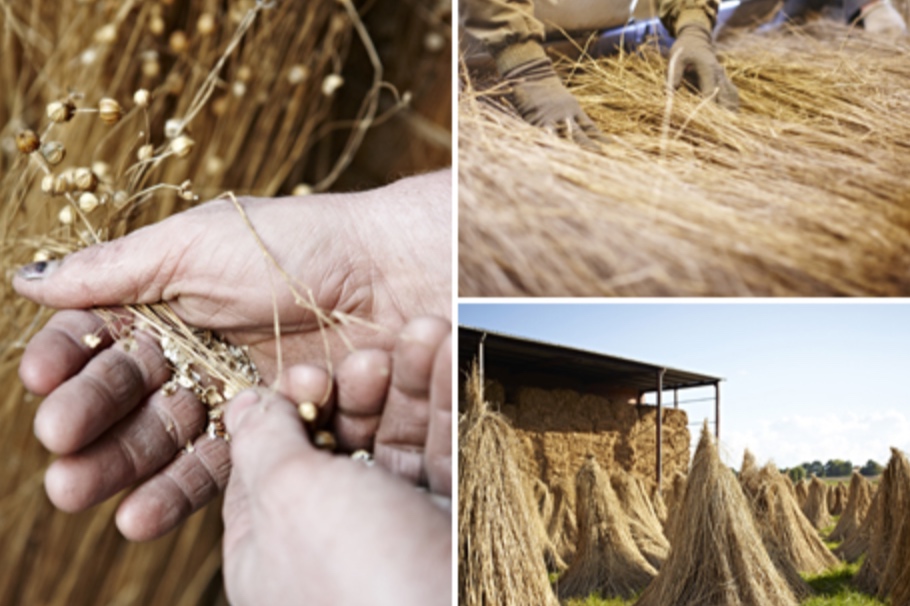Why eco organic cotton? Why not conventional cotton?
Conventional cotton is commonly known in the textile industry as being the “dirtiest crop on earth”. Conventional cotton uses around 16% of the entire world’s pesticides, and needs around $2 billion to fund these chemicals. In cotton production, they contaminate the soil, the air, and waterways. Animal deaths directly related to the contaminants, amount to millions every year.
713 Gallons of Water
This is the amount of water is required to make one cotton t-shirt.
70% of our planet is covered in water, only 3% is freshwater and just 1/3 of that 3% is available for us to use. 1 billion people don’t have access to freshwater and 2.4 billion people suffer from insufficient sanitation.
Worldwide studies collected guess that thousands exposed to the chemicals used in non-organic cotton production die of cancer, poisoning, and miscarriages each year.
ORGANIC COTTON!
Organic cotton is grown without harmful chemicals, leaving the soil, air and water free from contaminates that cause harm. Organic cotton produces around 46% less CO2e compared to conventional cotton.
It also uses far less water to grow since organic cotton growers typically utilize rain far more than irrigation. On top of all that, organic cotton growers use beneficial insects to control unwanted pests instead of relying on harmful chemicals, thus encouraging biodiversity. Gudrun Sjoden’s eco-cotton process also includes cleaning the water after being used in developing the organic cotton product, see the enclosed video for more information.
By choosing to buy Gudrun’s eco organic cotton you are enhancing the health of humans, animals and natural resources around the world.
See the process yourself in the video below from Gudrun’s website on how the organic eco cotton is made into her signature stripe shirt: From raw fiber, to knitting the fabric panels, how the waste water is processed and cleaned so that it can be returned to nature, and the finishing of the final product!
I chose two eco organic cotton from Gudrun Sjoden’s fall collection in the quintessential fall mustard color. I decided on a size small and it fit perfectly - the hand-feel was airy yet warm, like a thin flannel. The eco cotton scarf wrap was the perfect pairing for this outfit while the fuzzy recycled cashmere blend knit beret completed the ensemble.
Click the links below to find the products:










